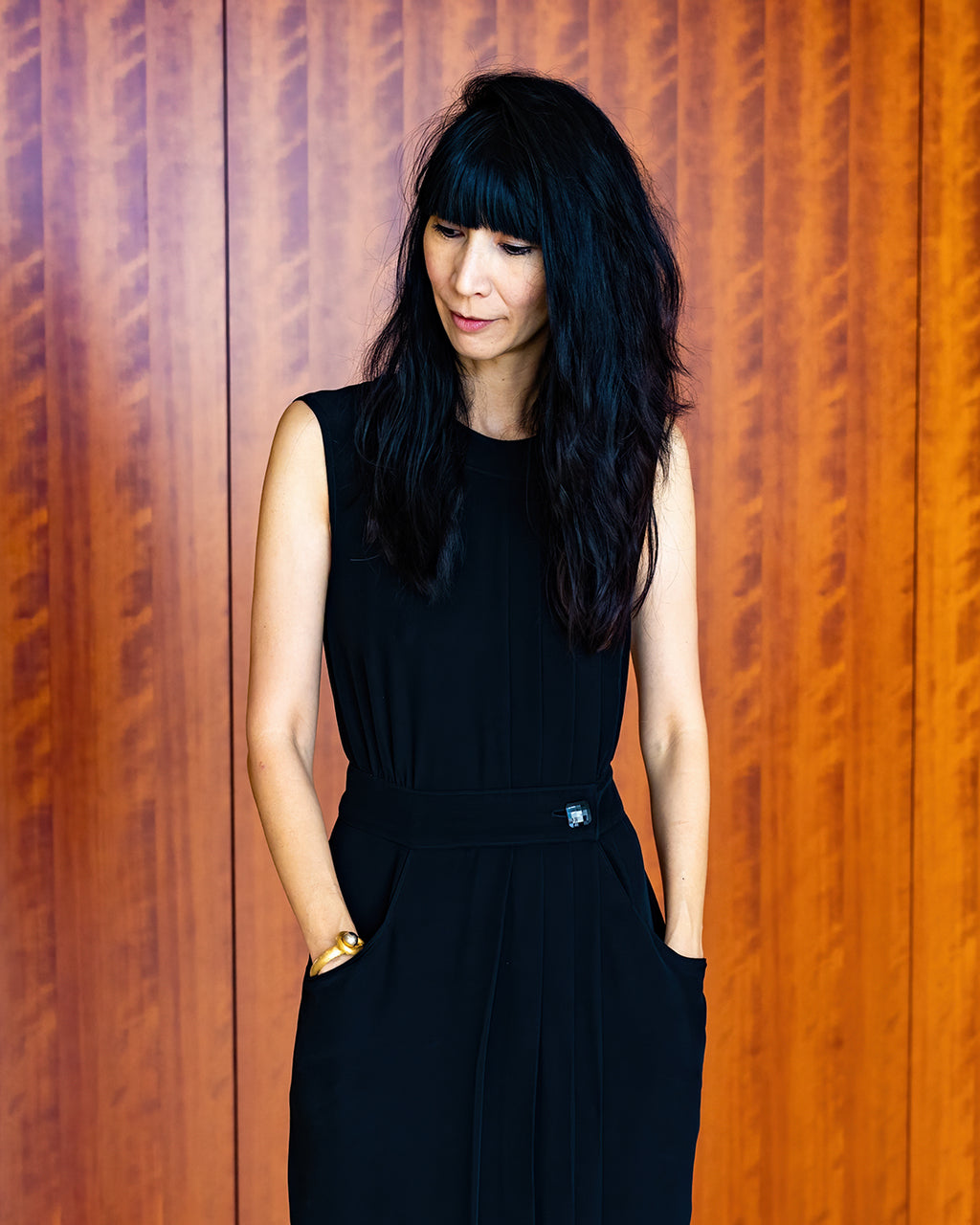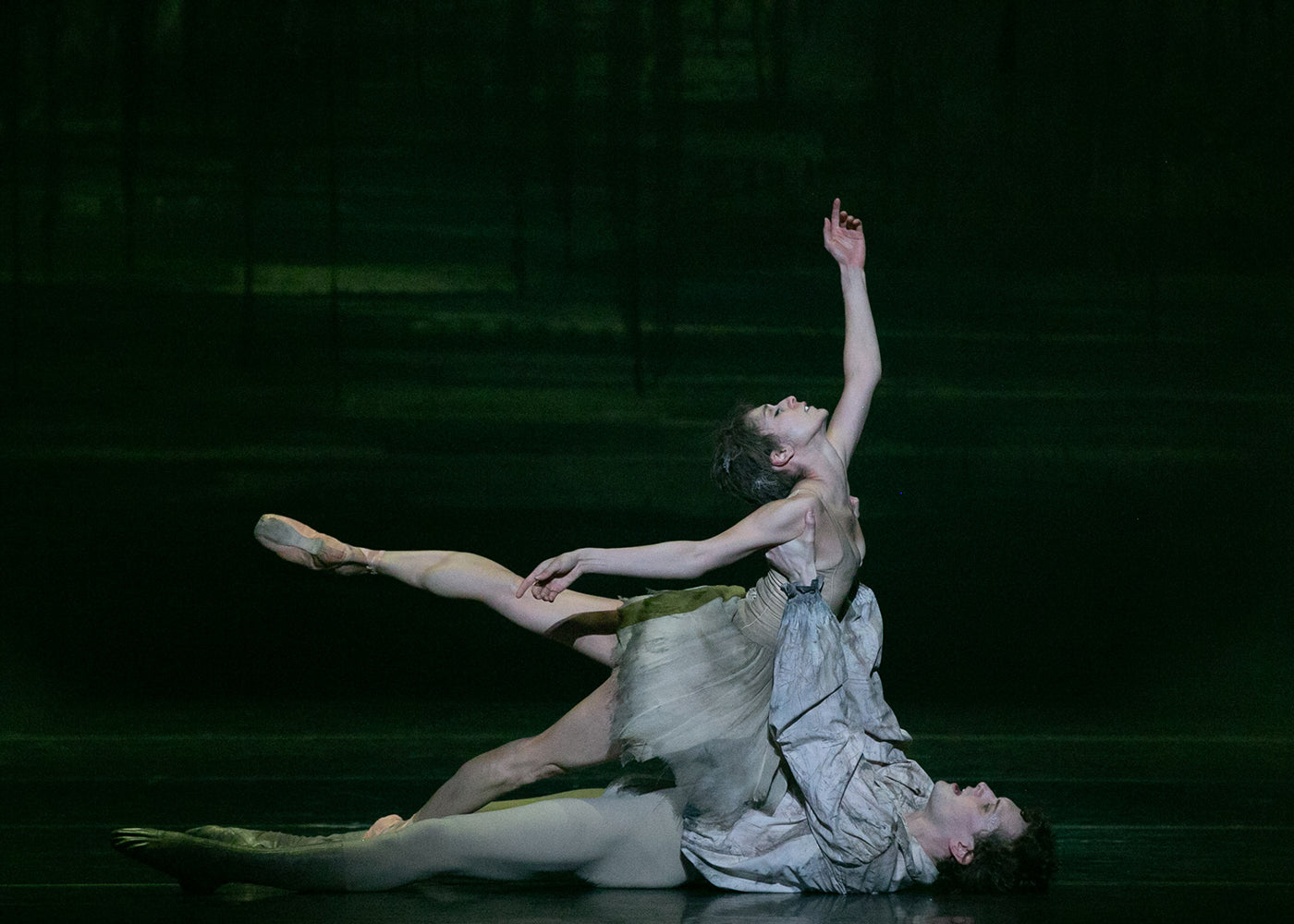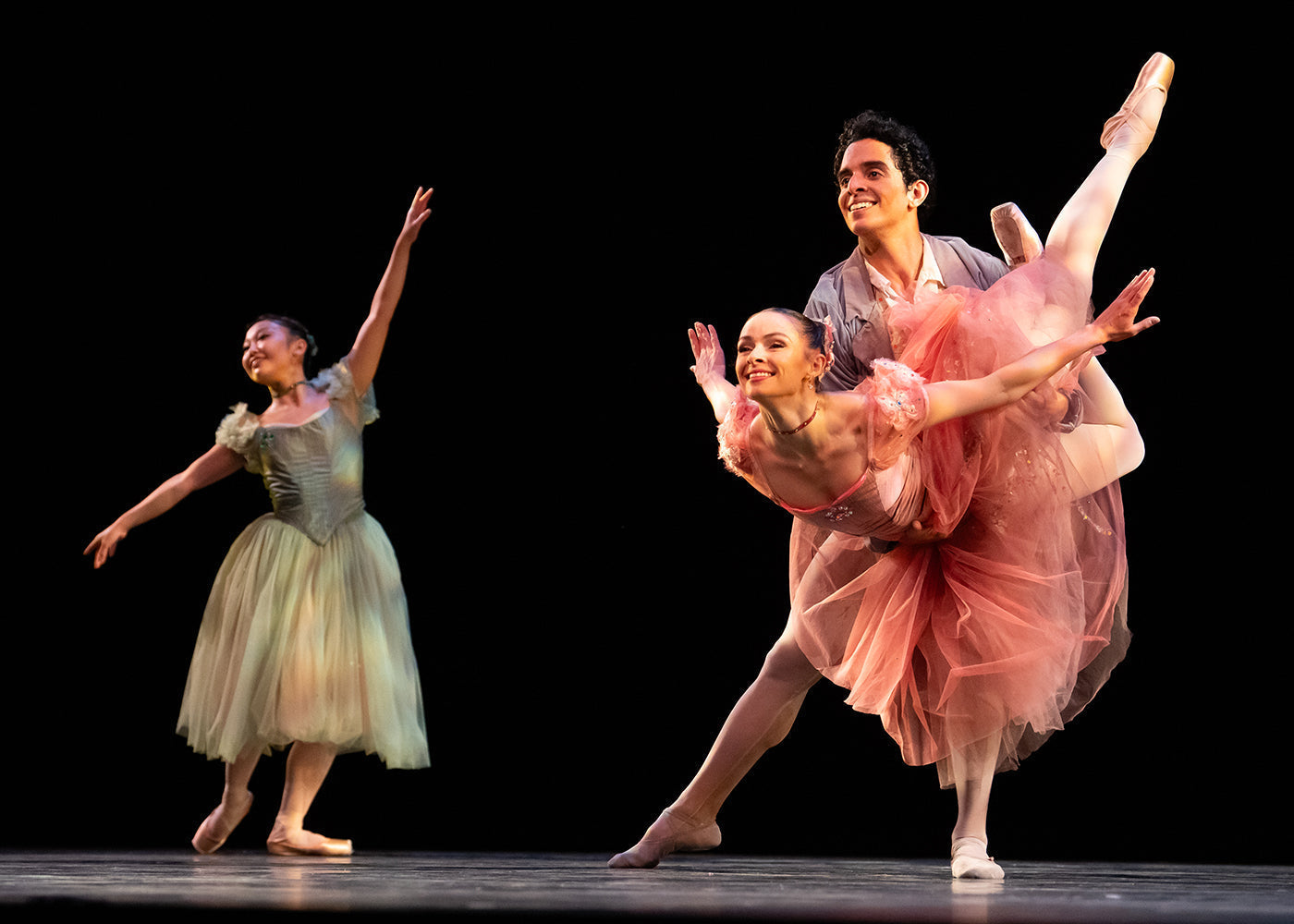When you say you’re referencing Balanchine’s “The Four Temperaments,” is it on a more thematic or aesthetic level?
The aesthetics that Balanchine often highlighted were beautiful lines. There are these patterns and shapes that he’d create—there's an architecture within his choreography. I’m definitely looking at all those things too—they're very important to how I put things together. But I think, in opposition to Balanchine—in a lot of his work, the dancers are very aloof, they're non narrative, they're kind of doing their thing and make it look very easy, very relaxed, in a way. That's kind of the antithesis of any of my work, which is very emotional. The characters are often looking very intently at each other and there's an intensity and a level of theatricality. In “The Four Temperaments,” you've got the four humors—but, even in that, Balanchine still keeps this aloofness in most of the sections, which is fascinating. That's not going to be “American Gothic”—it'll be quite the opposite of that.
Edward Clug’s “Mutual Comfort” and Andonis Foniadakis’ “Horizons” fill out the program for “having been breathed out.” Tell us about your decision to program these choreographers.
Edward Clug has been choreographing for 30 years. He does full length ballets in Europe—he just premiered a new “Coppélia” in Switzerland on Ballett Theater Basel. He's prolific in Europe, yet we don't do his work here. I think he's been very influential on choreography in the world, and especially in the western sphere, and I think it's important to be able to expose audiences to these people who are so influential in the field. Also, “Mutual Comfort” was somewhat inspired by Schlemmer’s “Bauhaus Stairway.” That was a little later than American Gothic, but I thought it was interesting that these two works are somewhat influenced by these works of art that are fairly well known.
Adonis Foniadakis’ work has been shown in Canada and Europe and he has his own company in Greece. I've been following his work and I think he has an interesting voice, as well, that we don't get to see here in the U.S. His work adds diversity to the program. He has kind of a wild style—but, especially in this piece, the work has this feeling of being contemporary, yet it also has this archaic feeling with the music. The music is an original composition by Julian Tarride from France—there's these voices and chimes and it just has a very mythic feeling to it.
What’s next for Ishida?
We will be performing in early January after this. We haven't publicized what that program will be yet, but I will guarantee that, like all of our programs, it'll be unique and will connect to our audiences on this emotional level. We'll also be performing again in late March and early June 2024 in Houston and Austin. As we continue to perform, we are looking to expand our programming to build a full-time repertory company here in Houston.











comments